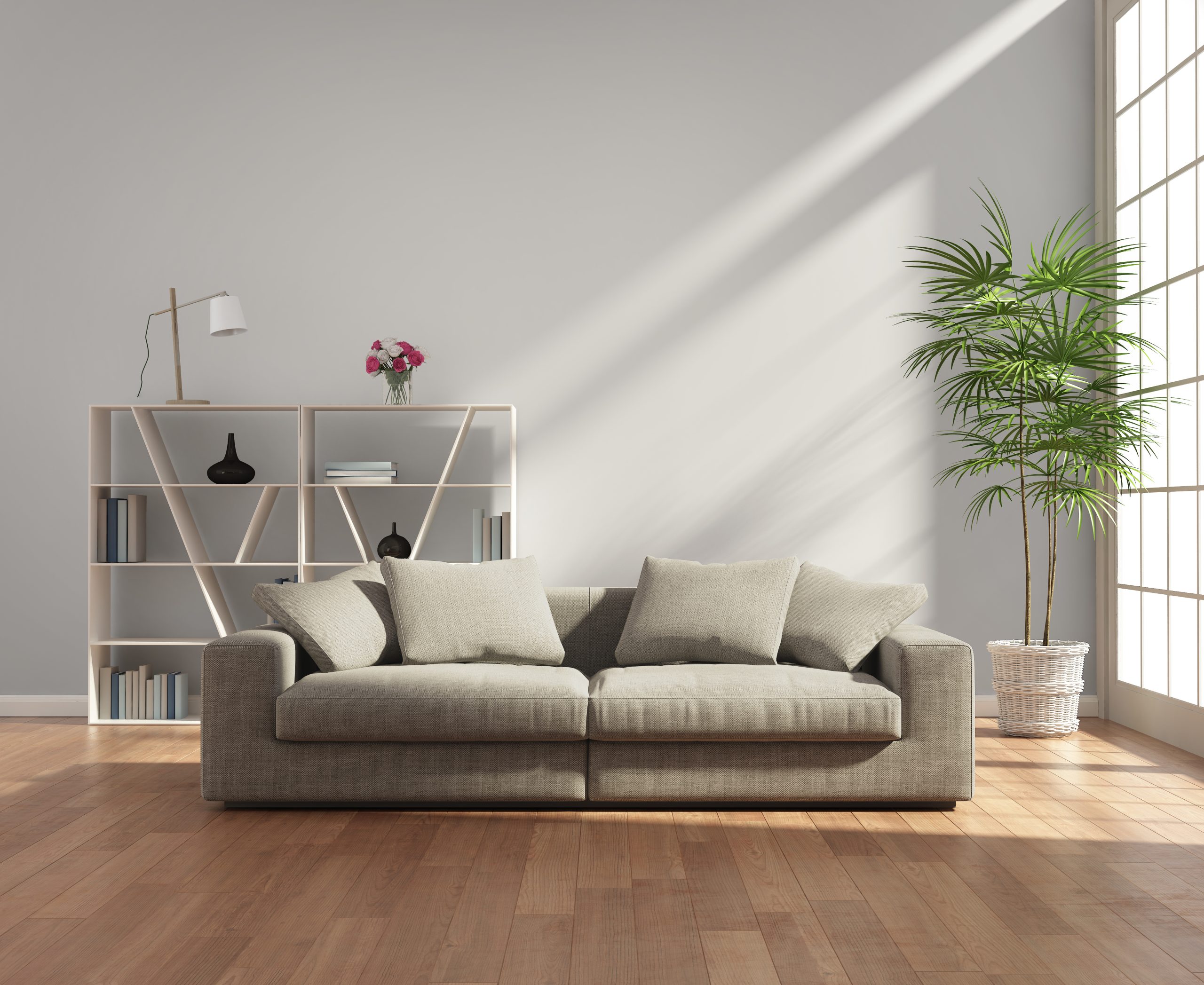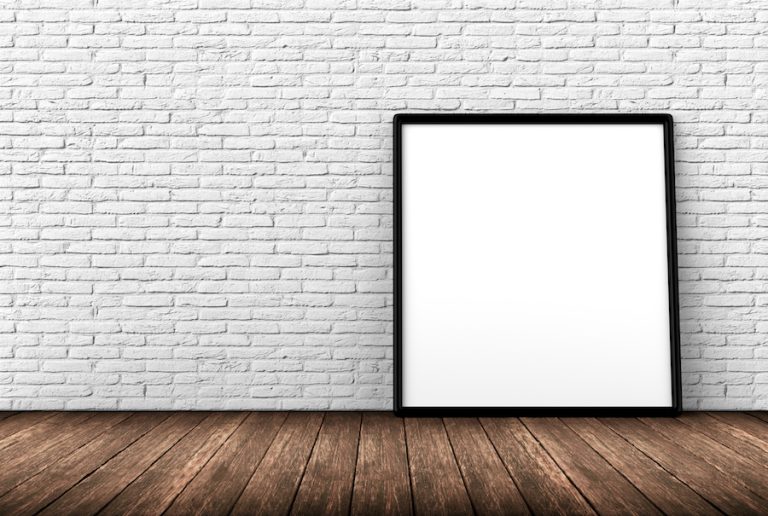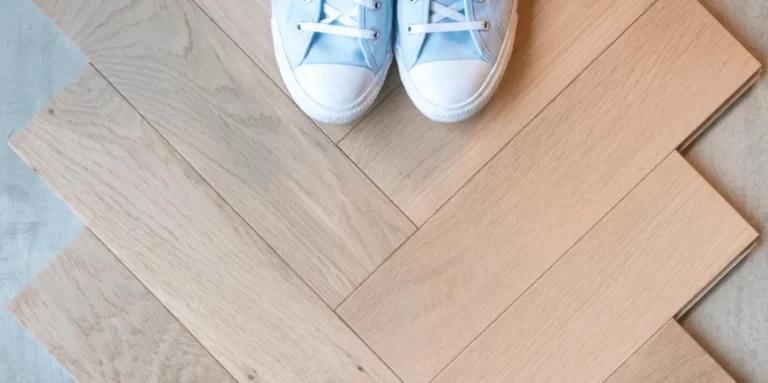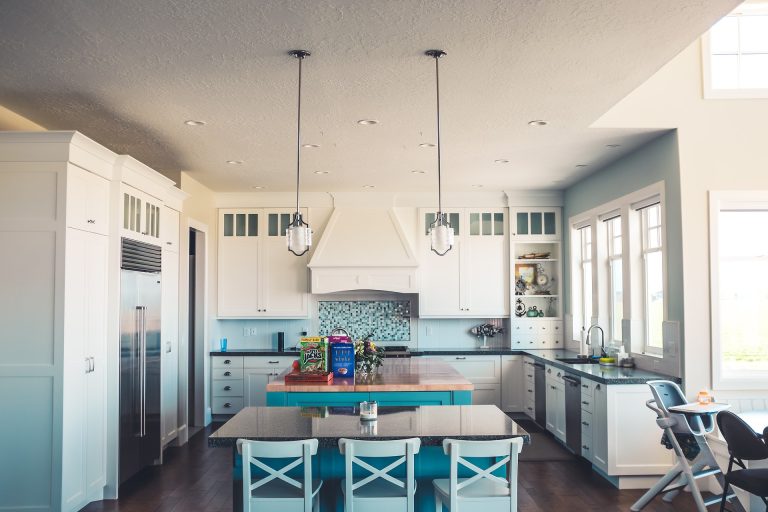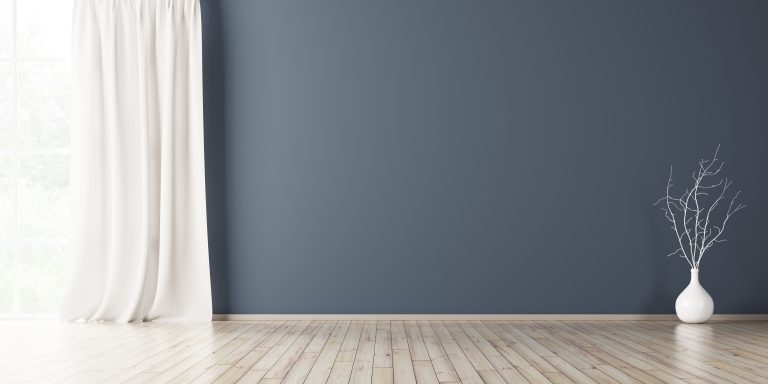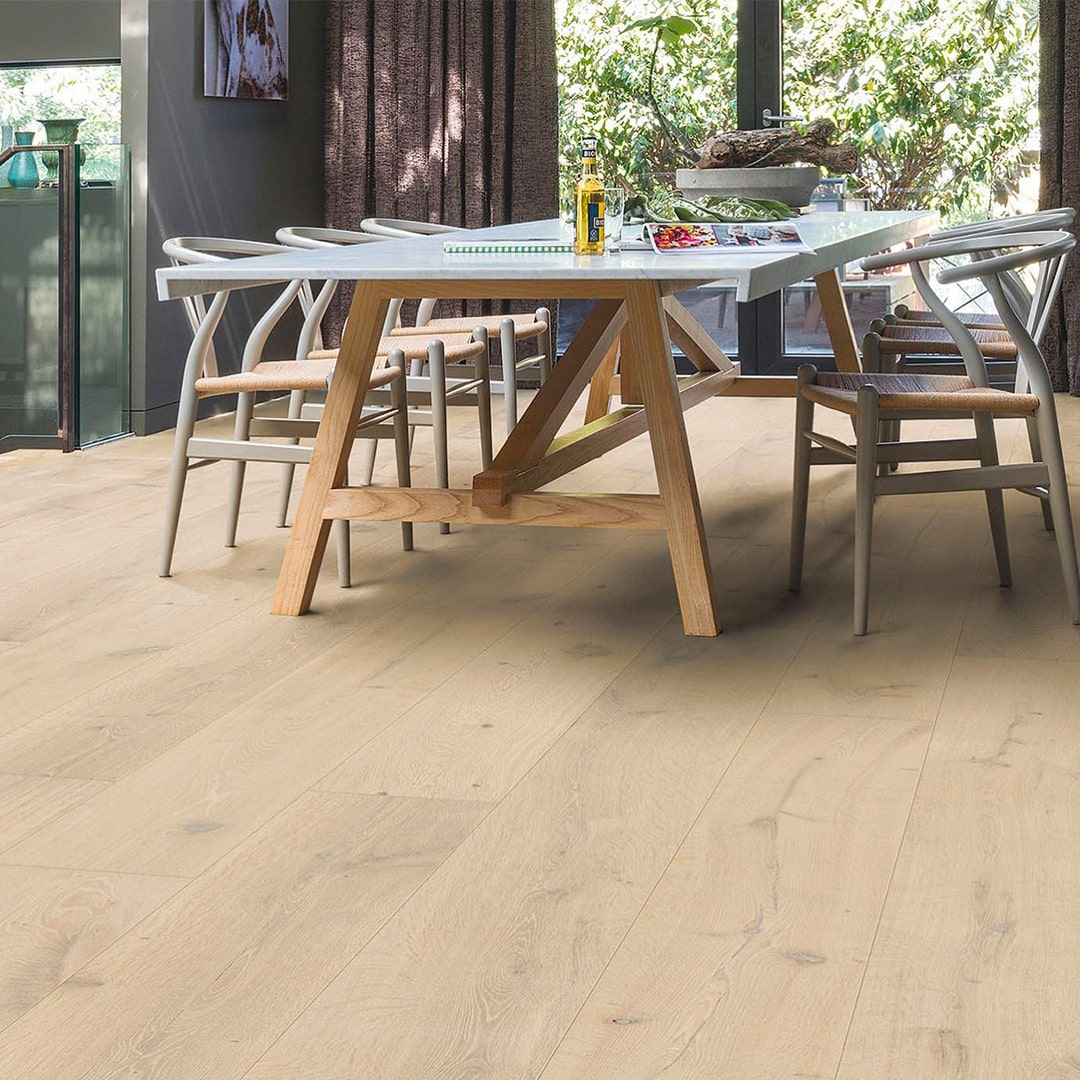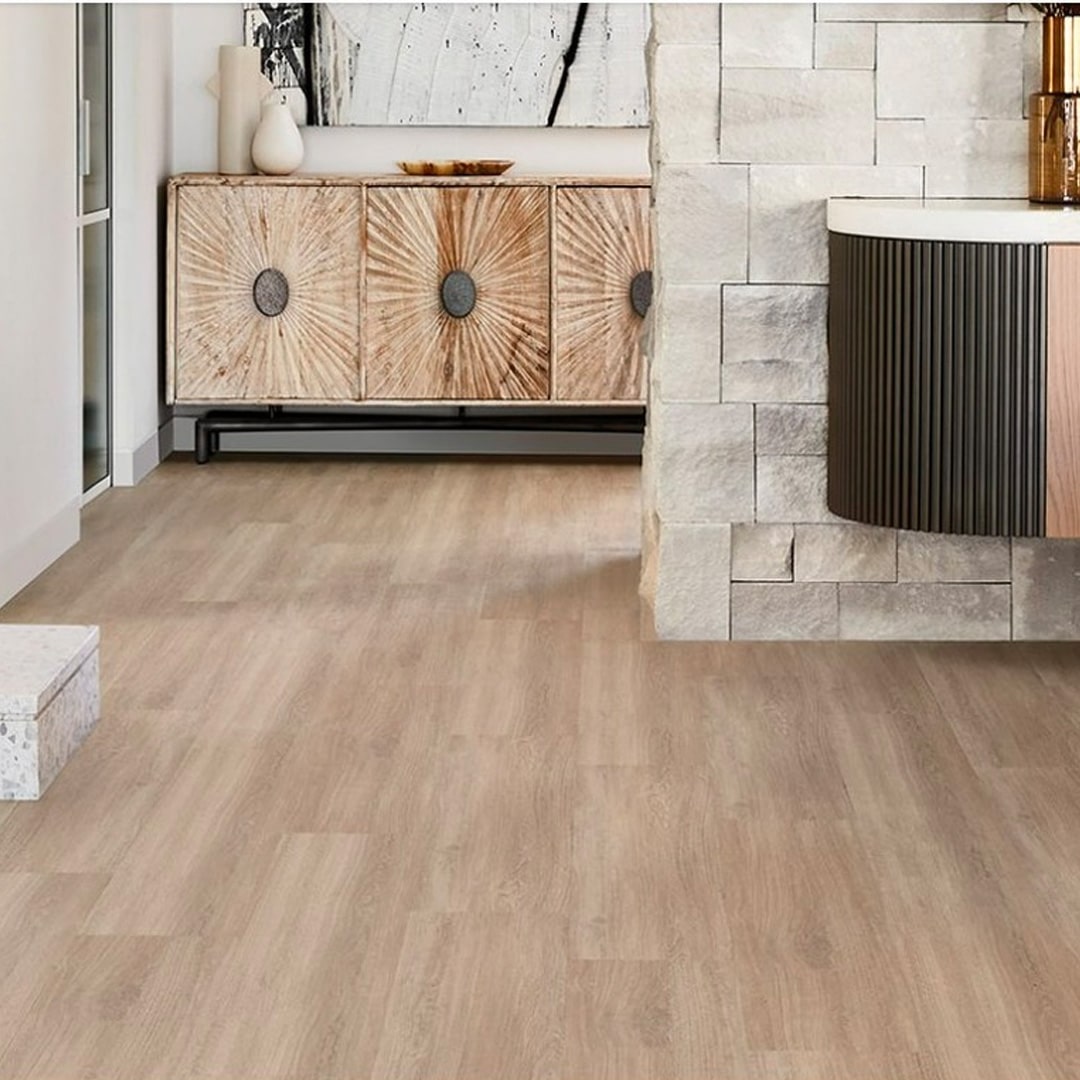5 of the Best Sustainable Flooring Options in 2019
When sustainable flooring hit the market in the early 1990s, it began as a niche demand. It has been rising in popularity since then with more and more homeowners leaving traditional flooring options in search of sustainable alternatives. Now there are several flooring options from which to choose. Here are five that are the most eco-friendly in 2019.
Bamboo
The main appeal of this simple yet elegant option is its durability, but a close second is its ability to be made to look similar to hardwood flooring. Bamboo’s ability to grow faster than hardwoods makes it affordable and easy to obtain — two qualities which have helped in its continuing popularity. It is actually a grass and harvesting it is good for the environment, much like cutting away overgrowth from a forest. Because it’s so hardy, the plant itself doesn’t die after harvest and instead grows back faster than before. It needs no pesticides and replaces some of the demand for hardwoods, saving trees in the process. It even stops erosion when planted along riverbanks or on farms.
There are two versions of bamboo flooring: traditional (classic) or carbonised (strand-woven). Traditional bamboo is as durable as red oak and the cheaper of the two, while carbonised is several times harder than hardwoods and offers more style options.
Cork
No longer limited to stopping wine bottles, cork is surprisingly great for flooring. There are several reasons why:
- It has antimicrobial properties that inhibit growth and rot.
- It provides both heat and noise insulation.
- It’s a fire-retardant.
- It has a bouncy quality that not only withstands heavy traffic and furniture but also makes it comfortable to walk and stand on.
Plus, it’s renewable. Harvesting involves cutting away the bark from the Cork Oak and, like bamboo, it is not harmed.
There are a few drawbacks to cork flooring. It is moisture-absorbent, making it inappropriate for bathrooms. It also has a risk of staining and being punctured by sharp objects. Cork is more flexible than other flooring options, however. It can be installed on uneven surfaces and over existing flooring and radiant heat systems. Scratches are not a problem as they become part of its pattern. Cork flooring has a wide colour palette and a range of creative styles including wood look, parquetry, marbleised and tile.
Reclaimed wood
To reclaim a material means to salvage and reuse it in a relatively unaltered state. Reclaimed wood flooring can be either hardwood or parquetry flooring. It sometimes features rare species, especially in reclaimed parquet, which comes in chevron, herringbone and double herringbone patterns.
Choosing reclaimed wood over new wood flooring cuts down on deforestation and provides a unique distressed look from natural wear — not to be confused with distressed wood, which is a deliberate treatment. It’s also much cheaper. The one drawback is that it is not renewable.
Linoleum
This charming flooring option has been around for several decades. It decreased in popularity when its rival, vinyl flooring, was introduced in the 1940s but made a comeback with new colours and a special stain-resistant sealant. Linoleum is made out of pine resins, ground cork, linseed oil, plant-based pigments and ground limestone with a jute backing. It’s appealing because it’s inherently fire-resistant, anti-static, hypoallergenic, affordable, and colours do not fade over time. Unlike vinyl flooring, there is nothing synthetic about any of the materials used in linoleum.
Wool carpet
The family tradition of wool rug heirlooms is the predecessor to the invention of the wool carpet. Wool carpet is soft, insulating and can last for decades, even centuries. It can be dyed any colour and comes in a wide variety of textures and designs, including herringbone and an antique look.
Compared to other flooring options, wool carpet is renewable and flame-resistant. Because it’s very absorbent, it can easily stain and so is not appropriate for bathrooms and other moisture-prone areas. It is pricier than synthetic fibre carpets but is a worthwhile investment as a long-lasting and sustainable flooring option.
Three top sought-after qualities of any sustainable product are natural materials, biodegradability and renewability. Sustainable flooring is a growing trend for homeowners as people become more aware of the impact the materials have on the environment. Their demand for a small carbon footprint ensures that sustainable flooring will continue to develop so, not only will it be more accessible, but homeowners will have more choices of flooring and flooring styles.
To learn more about our sustainable flooring options, contact us.

